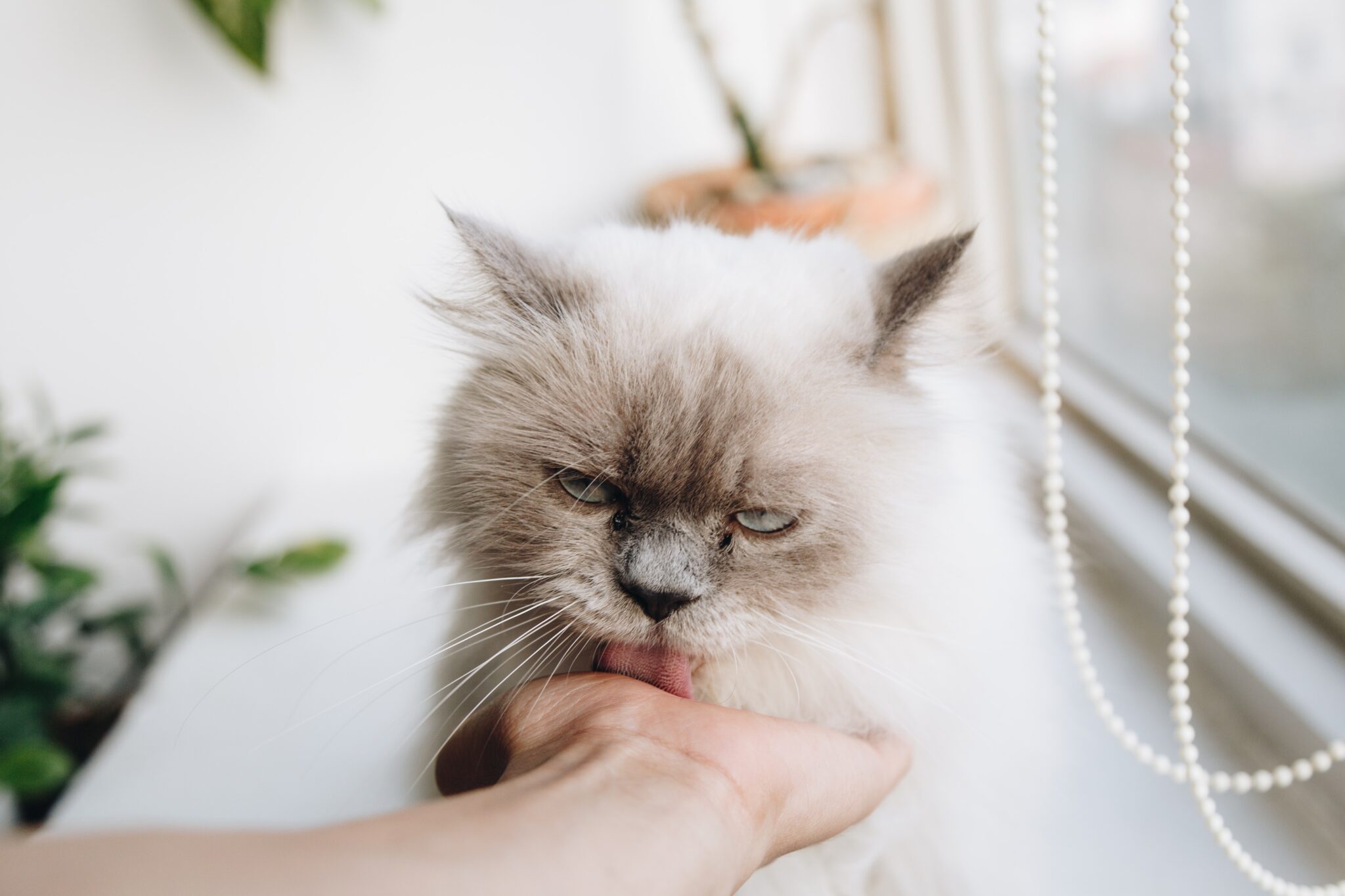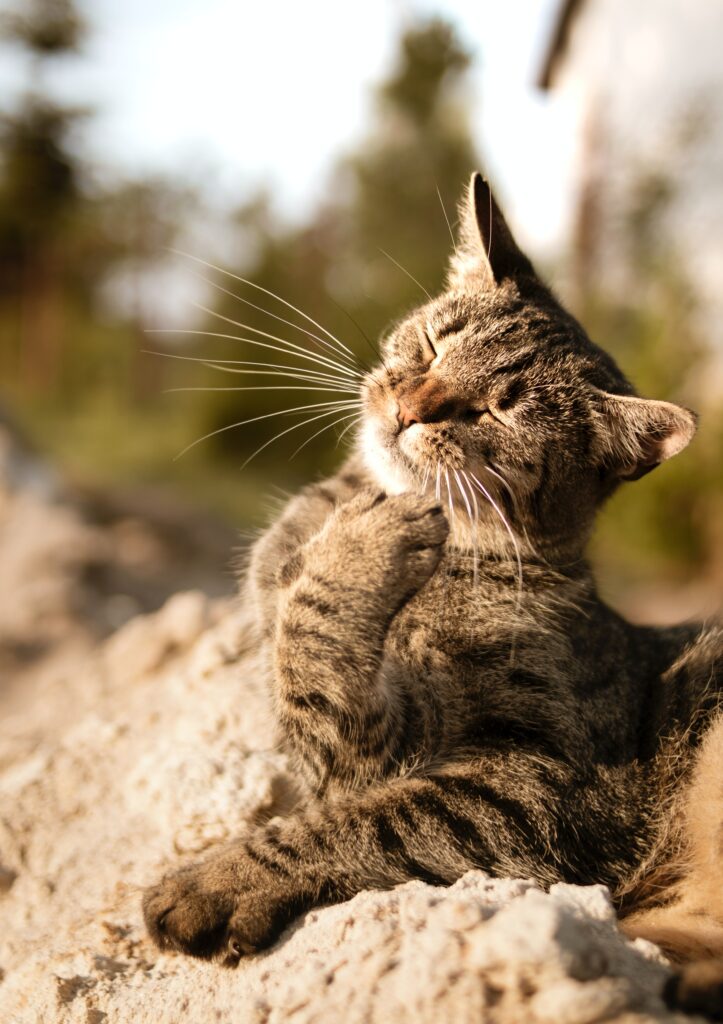Cats and heat
Cats are known for their love of warmth and sunshine, but when temperatures soar, our feline friends can face some challenges. As a cat owner, it’s important to understand how cats cope with heat and what you can do to help them stay cool and comfortable during hot weather.
Like most mammals, cats are warm-blooded, which means their body temperature remains constant regardless of the surrounding temperature. A cat’s normal body temperature ranges between 38°C to 39°C. When the weather is hot, cats rely on a variety of methods to regulate their body temperature and prevent overheating.
- Panting: While panting is more commonly associated with dogs, cats also pant to regulate their body temperature. When a cat pants, they exhale warm air, which helps to cool down their body.
- Sweating: Cats have sweat glands on their paw pads, which can help to release heat from their body. However, sweating alone is not enough to cool down a cat, and they often rely on other methods to regulate their body temperature.
- Licking: Cats lick their fur to cool down by spreading saliva on their coat. As the saliva evaporates, it cools the cat’s skin and helps them feel more comfortable.
- Seeking Shade: When it’s hot, cats will naturally seek out cooler areas in the home, such as under furniture or in a shaded area outside. As a cat owner, it’s important to provide your cat with plenty of shade and cool spots to rest.


While cats have natural mechanisms for regulating their body temperature, they can still be at risk for heat-related health problems.
- Overheating: When a cat’s body temperature rises above their normal range, they can quickly become overheated. Signs of overheating in cats include panting, drooling, and lethargy. In severe cases, overheating can lead to heatstroke, which is a medical emergency.
- Dehydration: When cats become overheated, they can lose fluids and become dehydrated. Signs of dehydration in cats include dry gums, sunken eyes, and lethargy. Dehydration can quickly become a serious health problem if not addressed promptly.
- Heatstroke: Heatstroke is a life-threatening condition that can occur when a cat’s body temperature reaches 40°C or higher. Signs of heatstroke in cats include rapid breathing, vomiting, diarrhea, and seizures. If you suspect your cat is experiencing heatstroke, seek veterinary attention immediately.
There are several things you can do to help your cat stay cool and comfortable during hot weather.
- Provide plenty of water: Cats need access to fresh, clean water at all times, especially in hot weather. Consider placing multiple water bowls around your home to encourage your cat to drink more.
- Create a cool environment: Provide your cat with plenty of shade and cool spots to rest, such as under furniture or in a shaded area outside. Consider using fans or air conditioning to keep your home cool.
- Offer wet food: Wet food contains more moisture than dry food, which can help keep your cat hydrated in hot weather. You can also add water to your cat’s dry food to increase their water intake.
- Groom your cat: Regular grooming can help to remove excess fur and keep your cat’s coat clean and healthy. During hot weather, consider trimming your cat’s fur to help them stay cool.
Play with your cat: It’s also important to provide them with plenty of opportunities for exercise and play. This will help keep their muscles and joints healthy, and also give them a chance to burn off excess energy and stay cool.
In conclusion, cats and heat require some attention and care from their owners. By following our advice, you can help ensure that they stay healthy and happy, even in hot weather.
Share our post:
